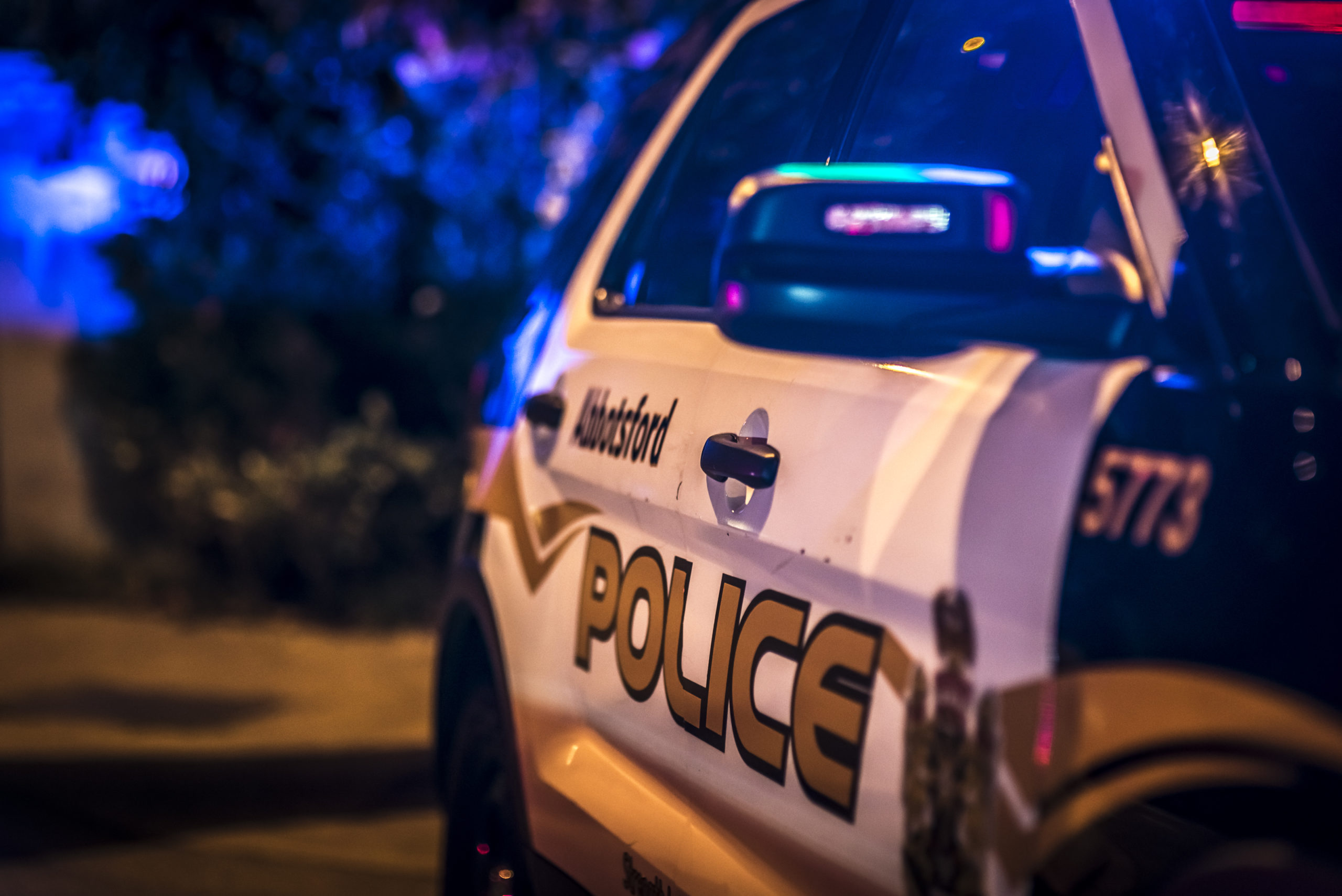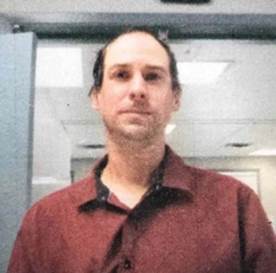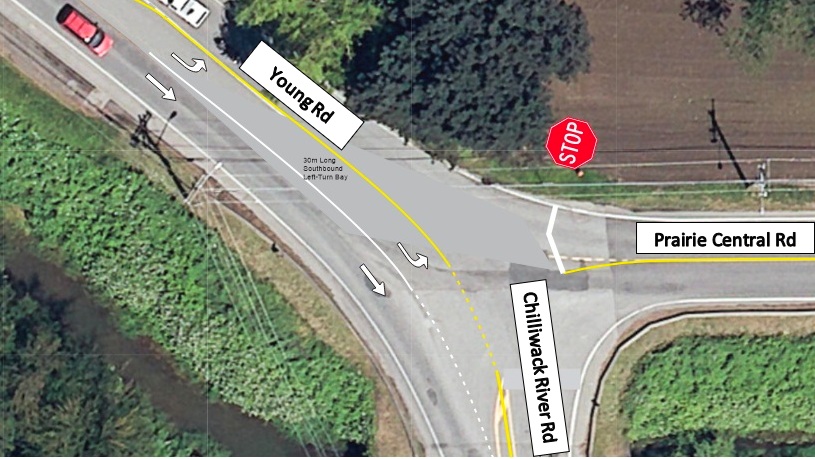What do you have stored in your vehicle to protect yourself in the event of a breakdown or collision? Most of us will probably reply that they don’t have anything prepared for this eventuality. In fact, with the reliability of vehicles today and perhaps not having been involved in a significant collision before, we may be lulled into thinking that we don’t really need it.
An Example of Failing to Warn Other Drivers
Cole Notter may have felt this way. He’s the subject of a court case where he was involved in a single vehicle collision and left his black Kia sitting across one lane of highway 1 east of Chilliwack, at night, with no lights on and did nothing to protect others.
Others stopped to offer assistance, parking on the opposite side of the road with their hazard flashers on.
Edward Godbout approached the scene driving a loaded tractor trailer unit. Thinking that the hazard involved the vehicle with the hazard flashers on, Mr. Godbout changed lanes away from it. He failed to see the Kia in time and was unable to avoid a collision.
That collision left Mr. Godbout’s truck and trailer laying on it’s side in the median and the load of scrap metal strewn across the westbound lanes.
Mr. Justice Jenkins found Notter to be 100% liable for the collision involving Godbout because he had done nothing to warn others of the hazard that he had created. The settlement amounted to almost $600,000.
Mandatory for Motorhomes and Commercial Vehicles
Section 207 MVA requires that motor homes and commercial vehicles with a seating capacity of more than 10 passengers or an overall width greater than 2.3 meters (about 7′ 6″) must carry at least two approved warning devices in the driver’s compartment.
While it may not be mandatory, it is still a good idea to equip your vehicle with breakdown warnings to protect both yourself, your passengers and other road users.
Breakdown Warning Devices Are Not Expensive
A set of breakdown warnings is not a significant expense. Shop carefully and you can equip yourself well for less than the cost of an oil change.Placement of Breakdown Warnings
If you ever need to use your breakdown warnings, a bit of thought is in order for their deployment. The higher the speed, the further away the first warning should be placed from the scene. Remember that drivers need to see the warning, decide that they need to do something and then do it, all before they arrive at the difficulty.
Our freeways may have posted speeds of 120 km/h or just over 33 m/s. 4 seconds for perception and reaction is not out of the question and means that more than 120 meters has been traveled before the driver applies the brakes. If it’s slippery, the braking distance could be significant too.
Hills, curves and multiple lanes may require extra warnings so I would suggest that a minimum of three devices would be wise to have.Waiting for Help After a Breakdown
If you break down and put out your warnings, staying in the vehicle may not be a good idea. Waiting well off the roadway is the safest choice. Of course, sometimes weather or other conditions may not permit this, but think twice about remaining closer to traffic than you really need to.
You may never need to use breakdown warnings to protect yourself or others but this case is a great example of what a bit of thought and a few dollars in safety equipment could save.
Story URL: https://www.drivesmartbc.ca/case-law/warning-others-breakdown
| Warning Others of a Breakdown | DriveSmartBCHere is a link to a video made of a car hitting a pick-up. This is a good example of not securing the scene of the accident. There is no excuse for the driver of the car having the accident in the first place but we have a tow truck driver not bothering to mark the accident and the people originally involved also failing to take action.www.drivesmartbc.ca |
-- Tim Schewe Road Safety Advocate DriveSmartBC.ca






